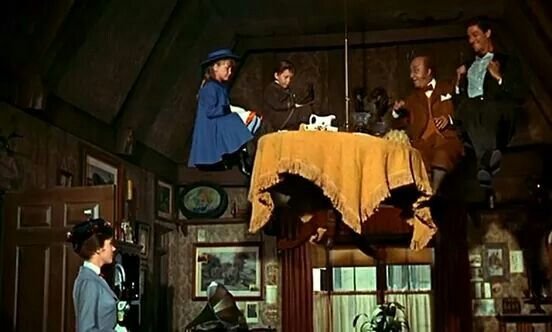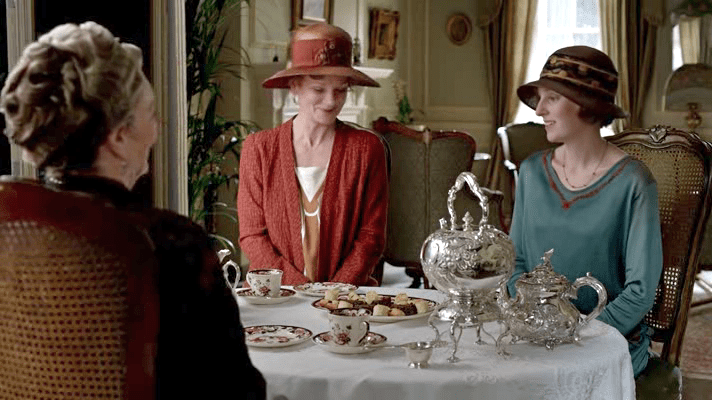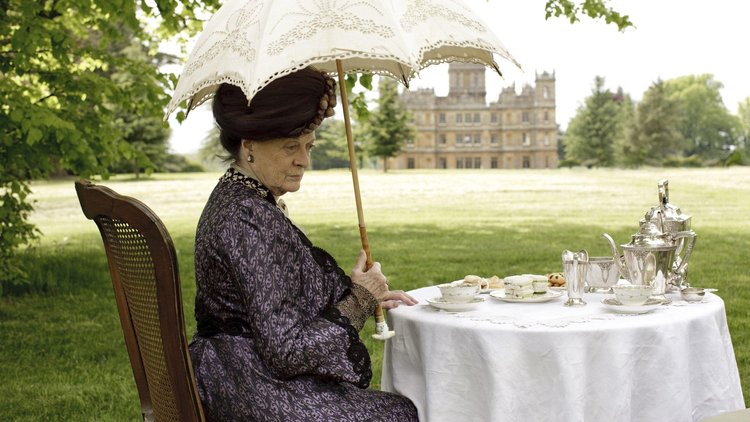THEIC: n. a person who drinks excessive amounts of tea.
Legend has it, the beverage of tea was discovered when a few leaves fell in a pot of boiling water in China. Thousands of years later, it is a treat enjoyed by millions of people every day.

Though it can be had in many varieties—black, green, white, etc.—it is all from the same plant. The only difference is when you harvest the leaves from the plant and how you dry the leaves. And like coffee or wine, taste can vary depending on where it is grown. The exact same plant leaf will be affected differently by soil conditions, rainfall, and even elevation. Some tea drinkers have developed a palette of favorite regions and blends.
All tea is naturally caffeinated, but you can easily decaffeinate it yourself. Start to brew, but remove the leaves after 30 seconds, and throw out that water. Begin again and brew as normal. The caffeine is released from the leaves first, so you are left with decaffeinated leaves now.
I definitely consider myself a theic, though I’d hardly say I drink too much tea—not enough, if you ask me. There is something lovely about the ritual of making a hot pot of tea. Boiling the water, measuring out the leaves, mixing the flavors when I’m feeling adventurous, waiting for it to steep, then pouring out steaming, fresh tea.
Alice in Wonderland (1951)
The most iconic tea scene of the movies has to be the Mad Hatter’s tea party in Alice in Wonderland. Precariously leaning stacks of tea cups and saucers, piles of delicious sweets and treats, and of course, nonsensical banter make the scene a joyful chaos. It even inspired a beloved teacups ride at Disney theme parks.
The Importance of Being Earnest (2002)
Fast dialogue, hilarious characters, and insane situations mean that Oscar Wilde’s classic play never gets old. Within all the madcap shenanigans, afternoon tea is an important anchor. Still, this bastion of civility cannot prevent the complaint of “eating muffins agitatedly.”
The Princess Diaries (2001)
What better way to find out you are the royal heir to a principality than sipping from a Royal Albert Old Country Roses set? The classic pattern is a favorite among collectors and features bright red, pink, and yellow roses set off by a splash of gold leaf. Just be careful not to yell “shut up!” when using them.
Mary Poppins (1964)
 Truly, when you take tea with Dame Julie Andrews, you know things are going to be wild. As Mary Poppins, she brings the children and Bert to visit the very silly, but very kind, Uncle Andrew. Amidst nonsense jokes and much giggling, they proceed to have tea floating near the ceiling, as one does.
Truly, when you take tea with Dame Julie Andrews, you know things are going to be wild. As Mary Poppins, she brings the children and Bert to visit the very silly, but very kind, Uncle Andrew. Amidst nonsense jokes and much giggling, they proceed to have tea floating near the ceiling, as one does.
Phantom Thread (2007)
Tea (and cooking) play an important role in a film that is primarily about high fashion in the 1950s. The main couple meet while she is working as a waitress and she serves him tea. Later, she will serve him a pot of tea that changes the trajectory of his life forever.
The King’s Speech (2010)
When Edward VIII abdicated the throne, George VI was thrust into a spotlight he never wanted. This film tells the story of the speech therapy lessons he took in order to get rid of a stutter. This scene features his wife the Queen having tea, but it also marks the on-screen reunion of Colin Firth and Jennifer Ehle who shared—and spilled—their own tea in Pride & Prejudice.
Downton Abbey (2010-2015)
The Dowager Countess would not approve of the spit takes I do every time she drops an aphorism. Tea, and the drinking of it, is central to the world of the Grantham family and it’s never more delicious when it’s served with some bitter wit. You can also learn about the manners and ceremonies of Edwardian England with the documentary The Manners of Downton Abbey.
Originally written for DVD Netflix


